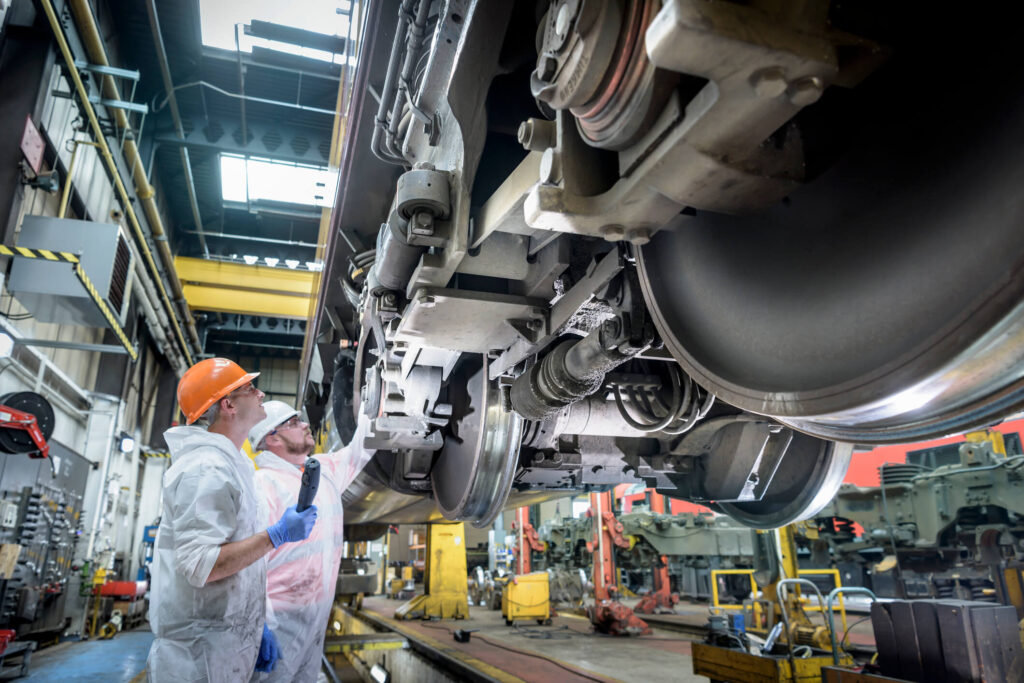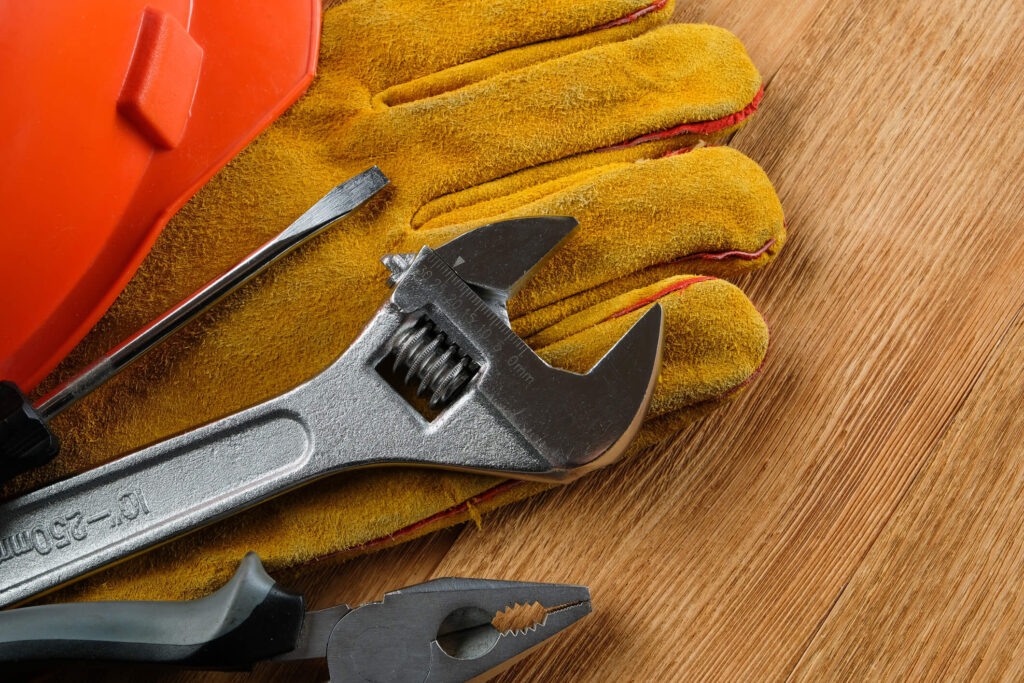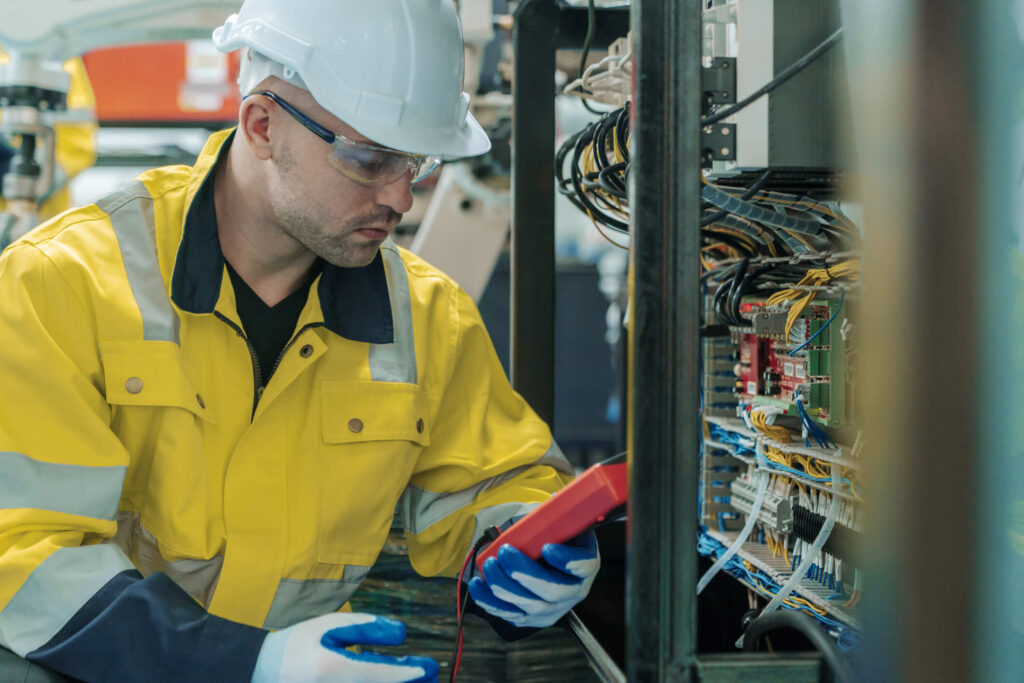Industrial facility maintenance is a difficult task. For everything to function properly and safely, careful attention must be paid to the complexity and size of the machinery and operations. Luckily, effective maintenance practices can help with reducing downtime, protecting worker safety, and extending machinery lifespan. Industrial facilities can increase productivity and avoid expensive repairs and lost production by providing proper upkeep and proactive maintenance. Keep reading to find out top tips that maintenance teams and facility managers should follow to maintain optimal operation performance.
Importance of Maintenance in Industrial Facilities
Maintaining an industrial facility is crucial for increasing output, ensuring worker safety, and extending the life of the apparatus. Additionally, preventative maintenance schedules reduce costly repairs and unplanned downtime while enabling smoother, more efficient operations.
Increased Efficiency
With proactive and routine maintenance, the optimal effectiveness of industrial equipment is ensured. Well-maintained machinery uses less energy and operates at peak efficiency, which greatly lowers the possibility of unplanned malfunctions that could interfere with production plans. Additionally, as waste is decreased and product quality is preserved, efficient machinery increases total production throughput.
Enhanced Safety
Safety is crucial in any industrial facility. Keeping equipment up to date reduces the likelihood of malfunctions and accidents. Before they cause major incidents, possible dangers like loose parts, leaks, or electrical problems might be found during routine maintenance checks. Facilities can prevent worker injuries and make the workplace safer by maintaining equipment in proper operating order.
Common Maintenance Practices for Industrial Equipment

Regular maintenance procedures have a significant impact on the lifespan and functionality of industrial machines. These procedures are intended to minimise downtime and repair expenses by maintaining that equipment operates effectively and dependably throughout its lifespan.
1. Regular Inspections
One essential element of industrial maintenance is regular inspections. These checks must be performed in accordance with a timetable that takes the equipment’s operating load and environmental circumstances into account. The secret is to spot wear and tear or any irregularities early enough to make the necessary corrections without interfering with the production process. It can be less expensive to prevent costly failures by looking for indications of stress, cracks, corrosion, or misalignment.
2. Cleaning and Lubrication
The durability and functionality of machinery depend on cleanliness and appropriate lubrication. Debris and grime accumulation can cause overheating and component failure. Frequent cleaning aids in avoiding this accumulation that may reduce the effectiveness and functionality of machines. Similarly, lubricating products, such as sprays, pastes and fluids, lower the rate of wear and prevent overheating by reducing friction between moving elements. It’s crucial to use the proper oil type as advised by the maker of the equipment and to routinely check the lubricant’s levels of oil and condition.
3. Calibration of Machinery
Calibration guarantees precise and accurate operation of machinery. Continuous usage can cause changes in the way that machines measure, produce, or handle materials over time. Calibration entails modifying or setting up the equipment in accordance with the original manufacturer’s specifications. This is crucial in sectors like pharmaceutical manufacturing, car assembly, and food processing where accuracy is essential. Frequent calibration guarantees regulatory compliance, lowers waste, and aids in maintaining product quality.
Preventive Maintenance Schedules

For industrial facilities, preventive maintenance is essential to avoiding unscheduled downtimes that affect expenses and production. Facilities may maintain ongoing operating efficiency and increase the life of their machinery by scheduling routine inspections and repairs. Frequent inspections can reduce maintenance costs and machine downtime by spotting possible problems before they become more serious. Depending on the industry, tasks like lubrication, adjustments, cleaning, and part replacement are all part of timely maintenance, and they are scheduled according to time or usage data.
Key equipment that should be routinely inspected includes:
- Machinery and Production Equipment:
- CNC Machines, presses, and lathes – ensure mechanical and electrical components are functioning properly.
- Conveyor systems – check belts, rollers, and motors for wear and alignment.
- Robotic systems – inspect sensors, actuators, and control systems.
- Electrical Systems:
- Transformers and switchgear – verify insulation integrity and connection stability.
- Motors and drives – check for overheating, vibration, and unusual noises.
- Electrical panels and circuit breakers – ensure proper function and safety compliance.
- Pneumatic and Hydraulic Systems:
- Pumps, compressors, and actuators – inspect for leaks, pressure consistency, and wear.
- Valves and piping – check for corrosion, leaks, and proper operation.
- HVAC Systems:
- Heating, ventilation, and air conditioning units – maintain air filters, ductwork, and control systems.
- Air quality systems – monitor for pollutants and proper ventilation.
- Safety and Fire Protection Systems:
- Fire alarms, extinguishers, and sprinklers – regularly test and inspect for functionality.
- Emergency lighting and exits – ensure accessibility and proper operation.
- Material Handling Equipment:
- Cranes, hoists, and forklifts – inspect for mechanical integrity, safety devices, and proper operation.
- Storage racks and shelving – check for structural stability and load capacity compliance.
- Plumbing and Fluid Systems:
- Water supply and waste systems – inspect for leaks, blockages, and system integrity.
- Cooling and lubrication systems – ensure proper flow rates and contamination control.
- Instrumentation and Control Systems:
- Sensors and controllers – calibrate and verify accuracy.
- SCADA and monitoring systems – check for data accuracy and system responsiveness.
- Personal Protective Equipment (PPE):
- Helmets, gloves, goggles, and respirators – inspect for damage and ensure compliance with safety standards.
This proactive strategy lowers the possibility of mishaps brought on by equipment failure, protecting workers in addition to ensuring that machinery operates at peak efficiency. To effectively implement preventive maintenance, facilities should inventory equipment, set up a maintenance schedule, and use software for tracking. Streamlining procedures and increasing operational efficiency are two benefits of implementing a maintenance action tracking system.
Importance of Training Maintenance Personnel

The efficient running of industrial facilities depends heavily on maintenance staff. Their proficiency affects how soon problems are fixed and how effectively the equipment functions. As a result, keeping an effective and secure operating environment depends on giving proper training and ongoing skill development top priority.
First of all, it is vital that maintenance personnel are thoroughly trained in the correct handling of machinery and tools, as it can be especially dangerous when working with high-voltage or hazardous equipment. Knowing safety protocols, comprehending operating manuals, and realising the risks of incorrect handling are all part of this. This knowledge should be reinforced and compliance with safety regulations should be monitored through regular training sessions. As a result, there is a far lower chance of on-site casualties in addition to helping to avoid equipment damage.
Improving team skills for maintenance is essential. Effective training on advanced technology and troubleshooting speeds up problem solving. Training sporadically on several machines reduces downtime. Regular updates ensure that the team stays abreast of technical developments and industry standards, fostering a proactive and competent workforce.
Utilisation of Maintenance Software for Tracking
For modern industrial facilities to function at their best, efficient equipment management and maintenance are essential. With maintenance software, the systematic tracking and management of equipment can be easier and contribute to increasing overall facility efficiency and decreasing unplanned downtime. This kind of software helps in scheduling maintenance, keeping track of repairs, tracking the status of equipment in real time, and compiling maintenance history data to support strategic planning.
Software for tracking maintenance tasks centralises maintenance operations, makes task monitoring easier, and keeps consistent records. In addition to ensuring adherence to safety and environmental regulations, it facilitates predictive maintenance, extends the life of machines, and optimises spare parts inventories.
However, to find the right maintenance software, there are a few things to consider:
- Asset management: Enables cataloguing and monitoring of all facility machinery and equipment.
- Work order management: Facilitates the generation and tracking of work orders for maintenance tasks.
- Preventive maintenance scheduling: Automates scheduling for regular checks to prevent unexpected equipment failures.
- Inventory control: Manages spare parts inventory to avoid overstocking or shortages.
- Reporting and analytics: Provides tools to generate reports, offering insights into maintenance trends, equipment performance, and overall effectiveness.
- Mobile accessibility: Offers mobile features for updating and accessing data on-the-go by maintenance managers and technicians.
Safety Procedures During Maintenance Tasks

In maintenance operations, safety is vital since it safeguards workers and increases productivity by lowering the number of incidents. Following safety rules, such as those set by OSHA (Occupational Safety and Health Administration), or other regulations relevant in the country, helps to ensure worker safety. It is essential to preventing mishaps and potential hazards at work, preserving employee morale, and protecting a facility’s reputation.
Personal Protective Equipment
A key aspect in safeguarding employees during maintenance operations is the use of personal protective equipment. The specific PPE required can vary depending on the task and potential hazards associated with it. Typical PPE used in industrial maintenance includes:
- Head protection – often safety helmets that protect against falling objects and head injuries.
- Goggles or safety glasses – shielding the eyes from flying particles, chemicals, and intense light from welding.
- Protective gloves – guarding against cuts, burns, and chemical exposures.
- Hearing protection – the most common form of hearing protection is earplugs, essential when working in environments with high noise levels.
- Respirators – protective masks are necessary in areas with airborne contaminants.
To guarantee that all safety equipment offers the highest level of protection, frequent training and reminders regarding proper PPE usage are essential. Remember, as we mentioned above, PPE must also undergo routine maintenance and inspections in order to be effective.
Conclusion – Recap of Key Maintenance Tips
In summary, proactive maintenance techniques are essential for the safe and effective functioning of industrial facilities. Frequent inspections aid in the early detection of problems, averting expensive malfunctions. An individualised plan for preventive maintenance reduces unplanned downtime. Ongoing employee training improves abilities and safety consciousness, and maintaining correct documentation facilitates problem-solving and preparation. Maintaining the facility’s relevance and effectiveness requires routinely updating and improving its technology and systems.










